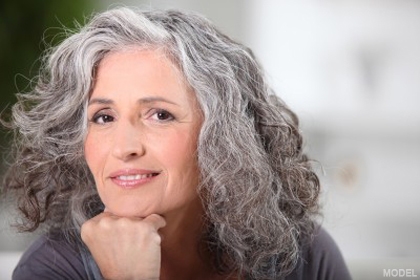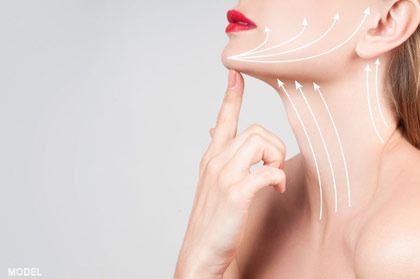The mid-facelift revitalizes one's appearance by targeting the middle third of the face and therefore creating a more youthful effect. This region, from the lower eyelids to the upper lip, often shows signs of aging such as sagging cheeks, droopiness below the eyes, and deepened laugh lines. While the traditional facelift targets the lower face and neck, the mid-facelift concentrates on this middle section of the face. This procedure is often performed in connection with a browlift or lower eyelid surgery in order to provide overall rejuvenation. A consultation with Dr. Wang will help you in deciding if the mid-facelift may be the best option for refreshing your look.
If you're ready to discuss your mid-facelift options, now is a great time to schedule a consultation with Dr. Wang at our plastic surgery offices, serving Southern California including Pasadena, Rancho Cucamonga, Glendora, Chino Hills, Arcadia and Upland. Simply request a consultation online or call Wang Plastic Surgery at (888) 360-6688 today to schedule your appointment.
What is a mid-facelift?
The mid-facelift is either an open or endoscopic procedure for raising the soft tissues of the cheeks in order to create a youthful vitality. The fat of the upper cheeks (malar pads) sink with age, which then causes hollowness beneath the eyes and increases the depth of the folds that extend from the lower part of the nose to the corners of the mouth (nasolabial folds). Through an endoscopic approach with small incisions concealed within the hairline, Dr. Wang lifts the fat pads of the upper cheeks as well as the deeper facial tissues in this region to an elevated position.
Who is the ideal candidate for a mid-facelift?
The ideal candidate for this procedure is one with realistic expectations who is looking to enhance rather than transform their appearance. Because sagging in the middle third of the face begins in the late thirties, candidates for this procedure are generally in their forties and up.
How is the incision made?
In performing a mid-facelift Dr. Wang makes short incisions within the hairline near the temple. This allows for use of special tools to lift the fat and tissues, which are then secured in place with absorbale sutures. The incisions are very small and therefore practically unnoticeable. The external closures are removed about a week or so after surgery. The procedure is can be performed with the patient under either local or general anesthesia.
What is the typical recovery time?
Most patients are able to return to their regular lifestyle about a week after the procedure. Bruising and swelling can occur, especially within the first week. Elevating the head and icing the area can help alleviate swelling. Pain medication is used to address slight discomfort immediately following the procedure.

 Mid Face Lift
Mid Face Lift















